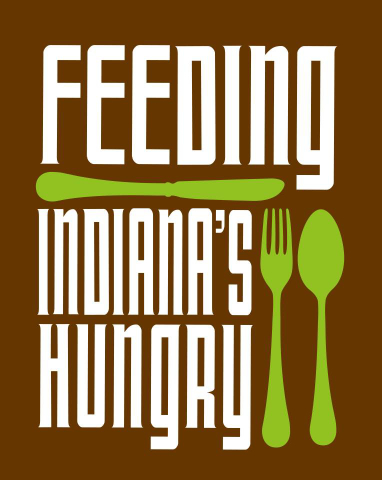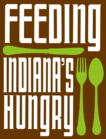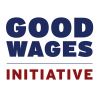As my Food Bank Challenge comes to an end, I have a few reflections on the endeavor, and even more questions.
First, I was occasionally hungry throughout. I planned for snacks and fairly substantive meals that were not the most nutritious, but not terrible. This aspect was not miserable and not particularly disruptive in my daily routine, but I sit at a desk most of the day. If my job required more physical activity, I think I would have felt differently. I also wasn’t working to feed my family and trying to budget accordingly for what that would entail. Our family has the luxury of regularly eating fresh fruits and vegetables, plus what I was eating would not necessarily have been amenable to my four year old’s tastes! Eating this way in the long term wouldn’t have been healthy–the sodium alone this week has to be more than my regular monthly intake!–and sacrifices would have to be made to incorporate more nutritious foods at the expense of more filling or easy to fix foods.
The second reflection I have had this week is that if I was hungry and didn’t have other choices available to me, how on earth would I have been able to respond to hunger that my children would experience? Parents would do most anything to ensure their children are cared for. I know I would have forgone meals to make certain my children had enough because the impact of hunger on children can be devastating. Most parents who report not having enough report that they skip meals or take smaller portions, not their children, when it can be avoided. I want to run out and hug my kids right now just contemplating even the slightest inability to provide for them the basic necessities in life. My family is fortunate, but many are not. The physical and mental anguish of failing one’s children must be debilitating in itself for parents facing food insecurity.
That brings me to the most poignant revelation I have had this week. A Food Stamp Challenge simulates voluntary hunger and the physical sensations associated with it. What it does not simulate is the uncertainty, worry, or fear of food insecurity. The USDA defines food insecurity to be when the availability of nutritionally adequate and safe foods or the ability to acquire acceptable foods in socially acceptable ways is limited or uncertain. How can we simulate not only living on a very fixed income for food expenses, but what usually comes with it? The nagging worries of whether the family has enough to pay the utility bills. Juggling to afford both groceries and medication. Wondering if the next paycheck, or unemployment benefit check, will be coming. Experiencing lack of access to a decent grocery store because there isn’t one nearby and there isn’t adequate transportation to one. This is to say nothing of whether food, when it is secured, is fresh, healthy, and safe. Frankly that’s a whole other conversation than just securing *enough* food.
So how do we translate this experience to policy makers who determine what programs are available to Hoosiers in need of any sort of assistance, be it food, utility, medical, or other needs? Just like this. I’ll be sharing my experience with my elected officials. If you feel strongly about ensuring Hoosiers have enough food when 1 in 6 is food insecure and as many as 1 in 4 Hoosier children are at risk of hunger, then contact your leaders too. Only if we all speak up on behalf of those who are struggling, who don’t always have the time to contact their elected officials because they’re too busy trying to get by, will their concerns be heard.
Emily Weikert Bryant is the executive director of Feeding Indiana’s Hungry



